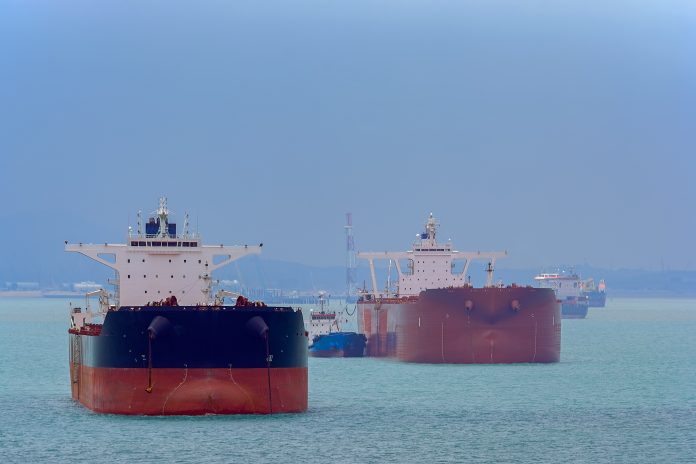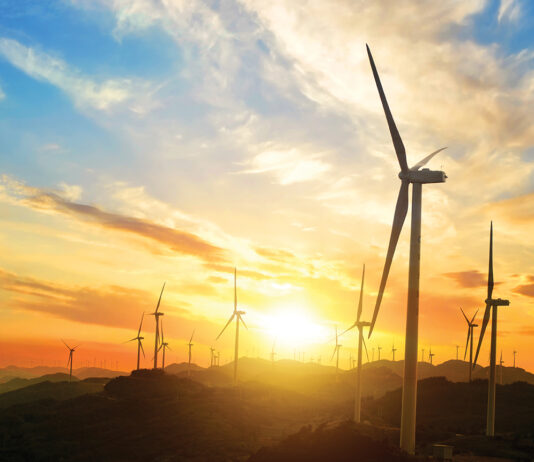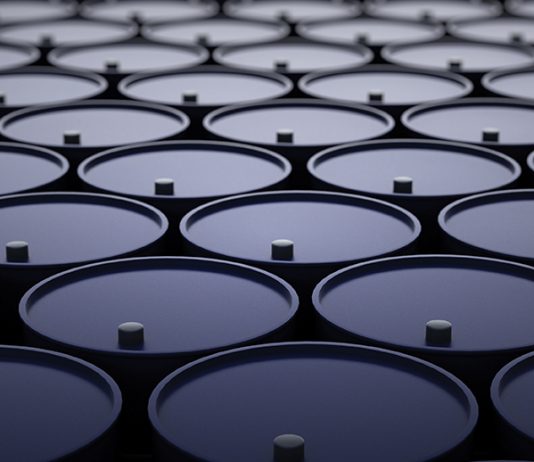
What You Should Know About Oil and Gas Today
The Big Story
The Railroad Commission is taking baby steps on the natural gas flaring issue, moving on Tuesday to simply adopt a set of industry recommendations that would put some weak sidebars around the abilities of companies to obtain and extend permits. Among other things, the new guidelines would require more information from operators in their applications for flaring permits and cut the number of days that flaring can take place before the operator must go to a hearing for an extension.
These are in reality half-measures that will do little to reduce flaring in the Permian Basin and elsewhere in the state. As such, they will not in any way, shape or form satisfy the increasing pressures coming from the environmental community and the public on the commissioners and the industry to curb this practice. “Industry is quickly moving to a reality where zero routine flaring is the expected operational standard,” said Colin Leyden with the Austin office of the Environmental Defense Fund. “The commission needs to commit to ending routine flaring by 2025, define interim targets, and stop granting long-term flaring exemptions —like the 30 we saw approved today.”
As I said a couple of weeks ago, I am an advocate for this industry. I spent my entire career in the business and truly do love it and the people in it. But the recommendations made by the industry on this issue have been incredibly disappointing and timid, and it is even more disappointing still to see the three Republican commissioners simply taking those recommendations without invoking stronger action.
This is an issue that cries out for real leadership and action from both the industry and the regulatory community. Unfortunately, that’s not taking place, and that could have real consequences for GOP candidate Jim Wright as he seeks to keep one of the seats on the commission in Republican hands this November.
Meanwhile, in other news…
Unlike it did with its “Beyond Petroleum” PR campaign of 20 years ago, British oil giant BP is committing real capital dollars to its new climate-related goal of becoming a “zero net emissions” company by the year 2050. During its 2nd quarter earnings call on Monday, BP’s management announced a major new capital commitment that will multiply its investment in renewable energy sources ten-fold by 2030 to $5 billion per year. Importantly, that commitment is front-loaded, with 80% of the increase to take place by 2025.
BP’s management also announced that it plans to reduce its oil production dramatically, from 2.6 million barrels of oil per day (bopd) during 2019 down to just 1.5 million bopd by 2030. It is committing to drop its refining throughput volumes over the same time period from 1.7 million bopd to 1.2 million.
Of course, it is one thing to say all of these things and another to follow through on them, but this does appear to be the course that CEO Bernard Looney and his management are committed to. We’ll see how it all works out for them in the years to come.
Following the current industry trend, Permian Basin producer Diamondback Energy reported a 2nd quarter loss of $2.4 billion on Tuesday. The loss was largely due to a one-time, $2.5 billion write-down of the company’s oil and gas reserves value due to the impacts of COVID-19.
President Trump on Tuesday signed into law a bill that will deploy federal collections of oil and gas royalties to fund stepped-up maintenance and long-needed repairs and improvements to the nation’s National Parks. It is important to note that this revenue stream will become lost if Joe Biden were to win the presidential election in November, given that he has promised to end leasing on federal lands for oil and gas activities.
Let’s close with some good news: The S&P Global oil and gas industry probability of default for July fell by fully half of the risk level seen in April. The S&P Global Market Intelligence PD Market Signal Model is a structural model that calculates the likelihood of a company defaulting on its debt or entering bankruptcy protection over a one- to five-year horizon.
Slowly but surely, things are getting better.
That’s all for today.
















